Question-------------------------
Followup To
Question -
-------------------------
Followup To
Question -
Hi Chris,
I have a ten gallon with five mollys. The temp is right around 75-76 and the ph is a little high but it has been since I set up the tank in March.
I have a molly that just spins and circles uncontrolably. She is upside down a lot and acts like she just cannot control her swimming. Is there anything I can do for her? It started out in a mild form about two weeks ago and then it seemed like she was getting better and now... she has lost all control. I don't know what to do to help her.
I look foward to your response,
Crystal
Answer -
Hi Crystal;
It could be "Whirling Disease" caused by a protozoan parasite. I'm afraid the prognosis is not good. You may want to separate her from the others and read the article at this link;
http://freshaquarium.about.com/cs/disease/p/whirling.htm
Wish I had better news...........
Chris Robbins
________________
Chris,
I first of all want to thank you for your help!
I read the article you suggested. One of the things that it says to do is to disinfect the tank. How do I go about doing this? and should I treat my tank with something?
An additional question I have is this- when I bought my mollies, one was black and gold, the other black and white, and I also have two orange ones. Over a course of several months the black ones have turned completely black and now even the orange ones have some black spots. Is this from the parasite or something different? If there is no cure for this disease what do you suggest?
I appreciate your time and your knowledge,
Crystal
Answer -
Hi Crystal;
Since the other fish are exposed to it I wouldn't get any other fish until they all die. They might not get it at all and live normal lives, but any new fish you add to the tank will be stressed and be more prone to the disease.
If you want to sterlize; Once the original fish are gone, unplug the filter and heater, rinse the entire tank out and throw away the gravel. Also throw out all filter pads and other filter media. Leave the heater and filter in there and fill the tank up again. Let the filter run (but don't plug the heater in) and add a couple of tablespoons of household bleach to the tank. Letting the filter run will get the bleach on every part that was exposed to fish water so the parasite spores will be killed too. Run it for a few minutes and drain. Rinse everything very well in clear water. Take the filter out, take apart anything that can be taken apart and let everything dry out for a few days. It will then be safe to refill and use a good water conditioner before you add new fish. If you still smell bleach though, rinse again and let dry again. Be very careful with bleach. Bleach that gets on anything (clothing, furniture, carpet, etc.) makes stains that are permanent.
It is still possible your fish has something else, like a brain tumor or infection. All you can do is watch and see. In Whirling disease the fish often develop black tails from skeletal and nerve damage. If your fish have darker tails than they used to it is probably the parasite. Not every fish that has the parasite develops the black tail though. It's a pretty weird disease.
At Your Service;
Chris Robbins
Hi Chris,
I have two more questions for you concerning this parasite- I hope you don't mind.
#1- is this parasite harmful to humans? I have small children that are fascinated by the fish and at times get a hold of the fish net, or once in a while I will catch one of them with their hands in the water. Is there any danger of the parasite being passed to humans?
#2- I have real plants growing in my tank- when I get ready to disinfect the tank should I throw them away?
Once again I appreciate your time,
Crystal
AnswerHi Crystal;
I haven't found any information that indicates that it does transmit to humans but it might be good to do your own internet search to find out more.
Throw away the live plants when it is time. They usually don't survive the bleaching. They have to soak in it too long.
At Your Service;
Chris Robbins

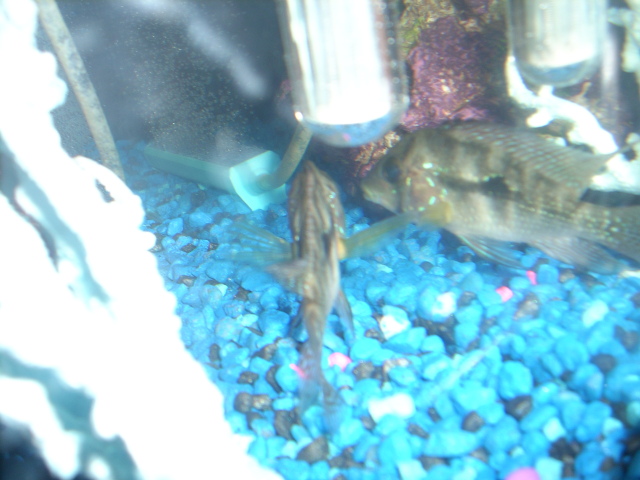 my south american cichlid
Questionmale Cichlid
QUESTION: Hi there I really
my south american cichlid
Questionmale Cichlid
QUESTION: Hi there I really
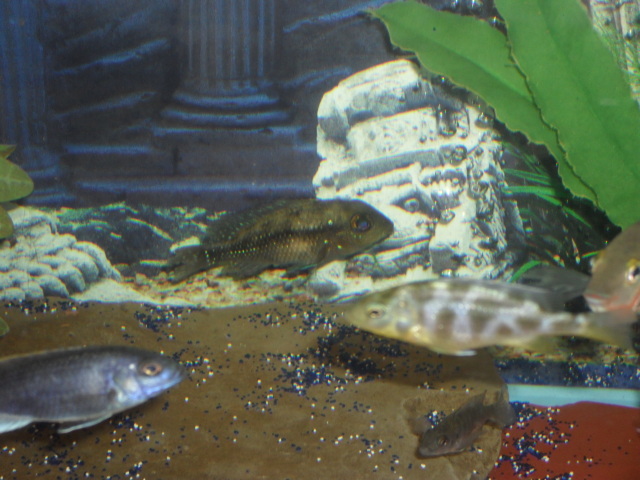 cichlid ca/sa
Question
ca/sa african cichlid
was wondering if you cou
cichlid ca/sa
Question
ca/sa african cichlid
was wondering if you cou
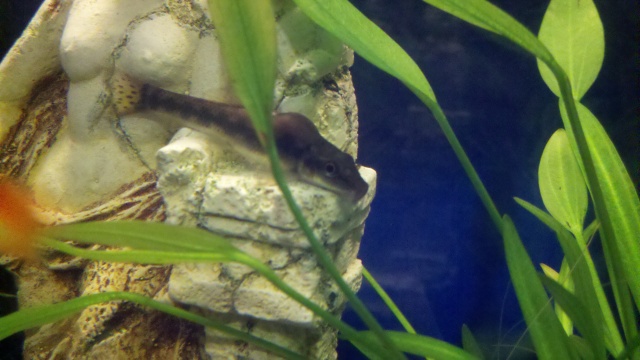 Odd lumps
Question
algae eater
I have got 2 fish that just became
Odd lumps
Question
algae eater
I have got 2 fish that just became
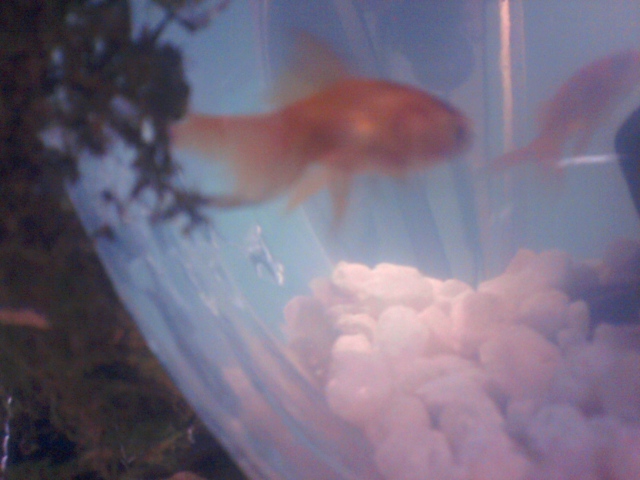 2 new small fantail goldfish
Question
say hello to my little
I got my fantails two n
2 new small fantail goldfish
Question
say hello to my little
I got my fantails two n
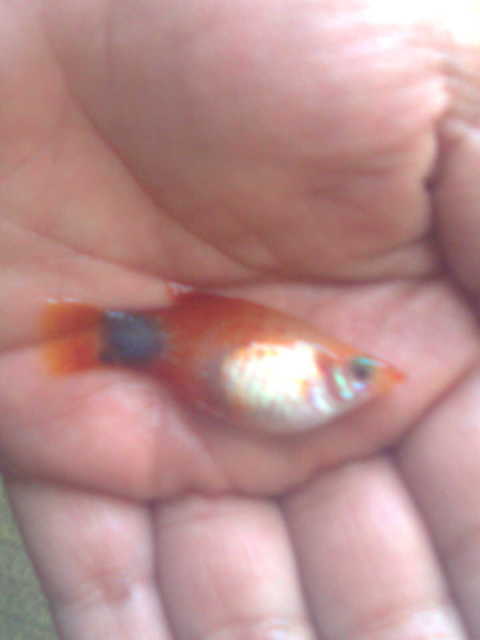 dont know the name of the fish and want to know about the fish food
Question
fish
Hi its me again. Yes, the parent fish are
dont know the name of the fish and want to know about the fish food
Question
fish
Hi its me again. Yes, the parent fish are